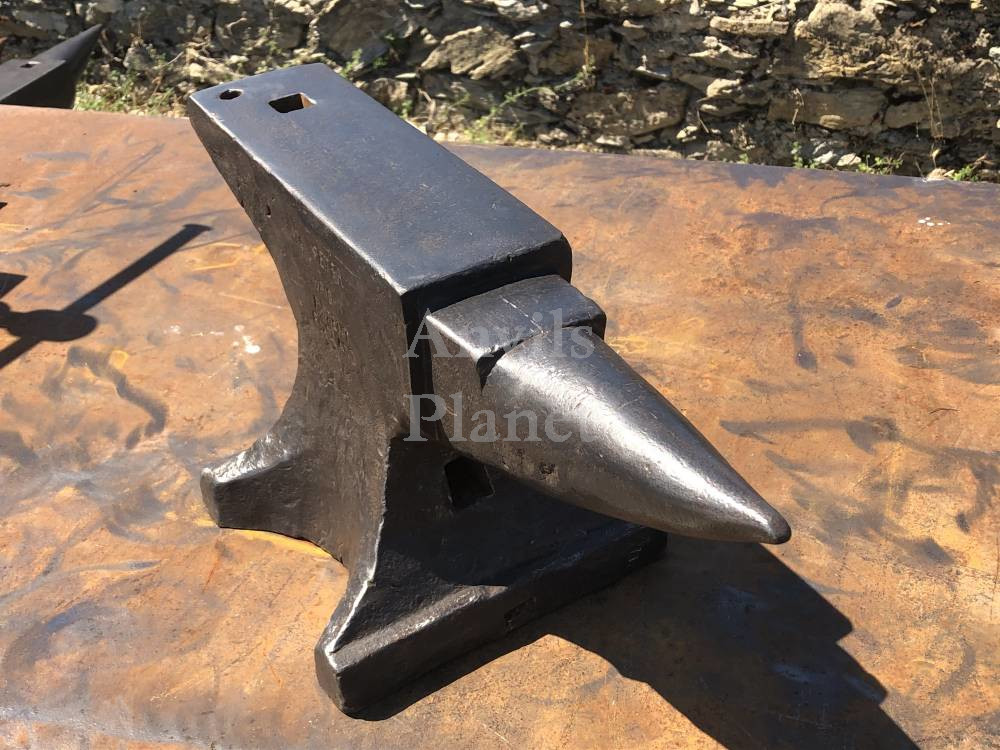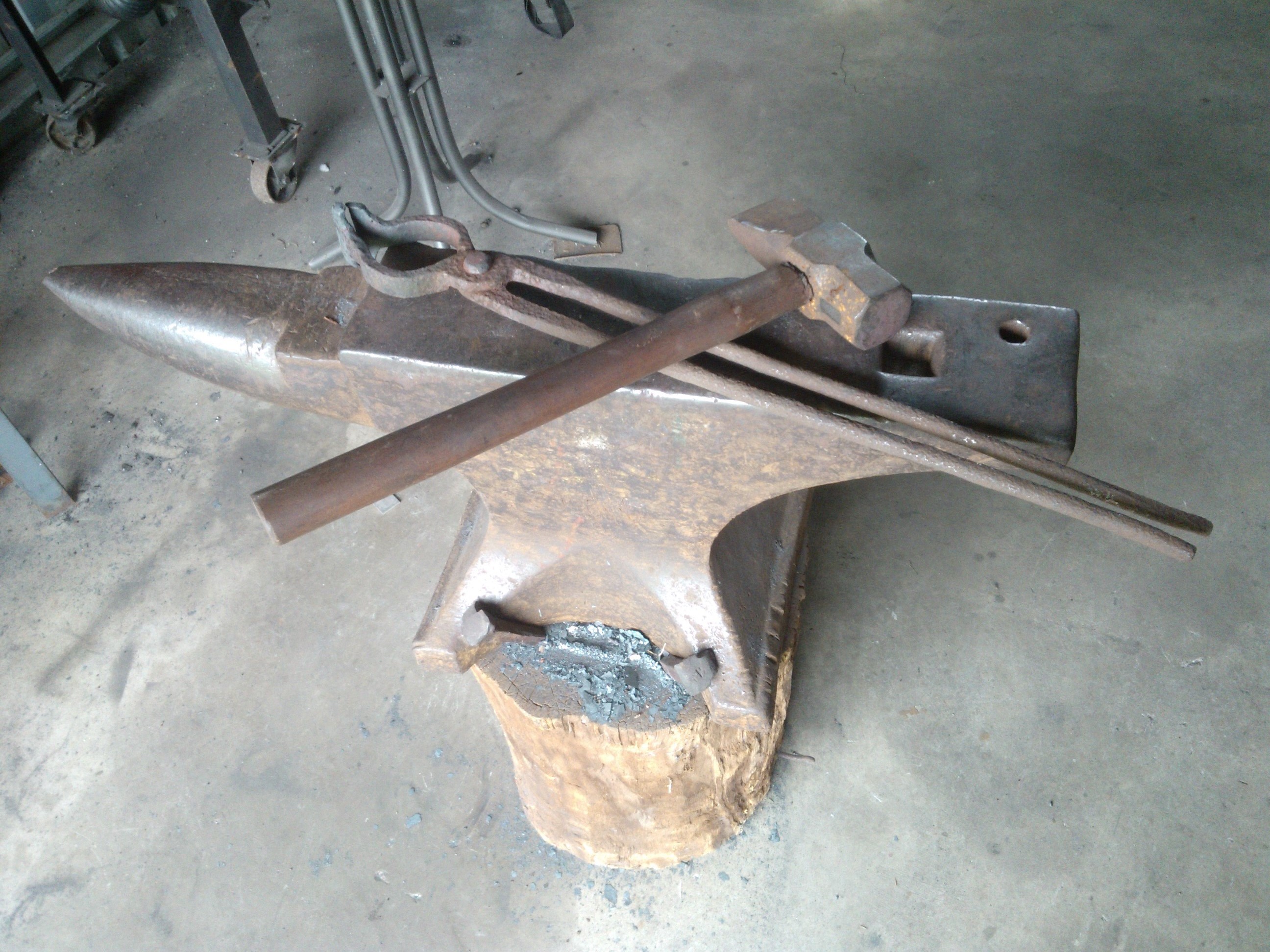

At the end of the rage, the character is fatigued (-2 Strength, -2 Dexterity, can't charge or run) for the duration of the current encounter (unless the rage mage is 10th level, when this limitation no longer applies). A rage mage can end her rage voluntarily. She can attempt Concentration checks to avoid having a spell disrupted, but can't use any other Charisma-, Dexterity-, or Intelligence-based skills (except for Balance, Escape Artist, Intimidate, and Ride) while in a spell rage.Ī fit of rage lasts for a number of rounds equal to 3 + the character's Constitution modifier. She temporarily takes a -2 penalty to Armor Class. While in a spell rage, a rage mage becomes reckless and loses her some of her ability to defend herself. This ability only works when the rage mage is in a spell rage. When she casts a spell of the abjuration, conjuration, evocation, necromancy, or transmutation school while in a rage, the rage mage uses her character level as her caster level.
#PETER WRIGHT ANVIL 6 FULL#
Spell Rage (Ex): A rage mage can cast spells while in a rage, as long as the spell's casting time is no more than 1 full round. If a character had more than one arcane spellcasting class before becoming a rage mage, she must decide to which class she adds the new level for purposes of determining spells per day. In no case, however, does she gain any other benefit a character of that class would have gained, except for an increased effective level of spellcasting (but see spell rage, below). Spells per Day: At every even-numbered level gained in the rage mage class, the character gains new spells per day as if she had also gained a level in an arcane spellcasting class she belonged to before adding the prestige class. This is a system using 112 pounds as the primary unit, then quarter hundredweights (28 pounds or two stone), and common pounds for parts of a hundred weight below 1/4.Weapon and Armor Proficiency: Rage mages gain no proficiency with any weapon or armor. This is something overlooked by crooks making forgeries of Peter Wright tools (buyer beware).

The serifs on the hand cut letter dies are very clear. Scott caught them very well in the photograph. The markings on this anvil are clear and crisp. PETER WRIGHT, PATENT, Solid Wrought, 1 0 18 It was compensation for what was inevitably going to happen. The crown was often 1/16" or more high in the center and was definitely NOT a flat surface. Peter Wright addressed the sway problem in later years by crowning their anvils and sloping the horn upward. This scrap would often have steel and cast iron bits in it as well as not being so laminar as is good new wrought iron. The rest of the industry used scrap or "best selected scrap". They used only new high grade wrought iron for the body of their anvils. The reason for this was in their advertisements. While Peter Wrights are one of the better made more popular anvils of their time they also become swayed more than other anvils. If you have to put a straight edge on the anvil to see the sway, there is none. It is not a granite flat or a milling machine table. I told him to leave it alone! An anvil is NOT a precision reference surface. Scott asked me about machining the sway (1/16" on one side and 1/32" on the other (1.6 and 0.8 mm). While bigger is better it is also nice to be able to move your tools when needed. The "portability" range where a man can easily move an anvil is 100 to 140 pounds, thus the most common weight anvil.
#PETER WRIGHT ANVIL 6 PORTABLE#
The weight is in the very common portable anvil range used by farriers, farmers and in small shops.

It is in very good condition with minor edge chipping, a little sway, the original finish and no signs of repair. This is a perfect example of a Peter Wright anvil.


 0 kommentar(er)
0 kommentar(er)
